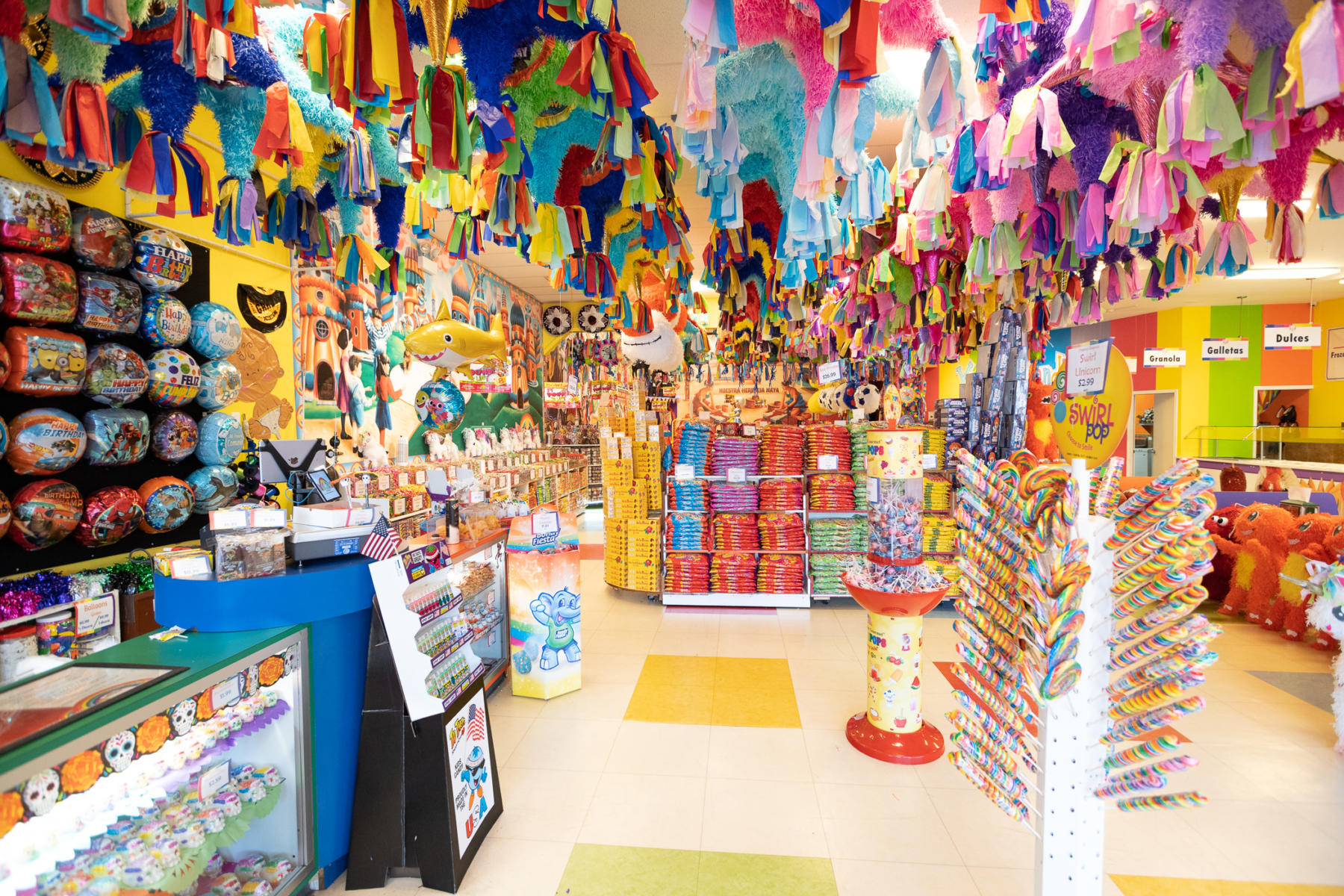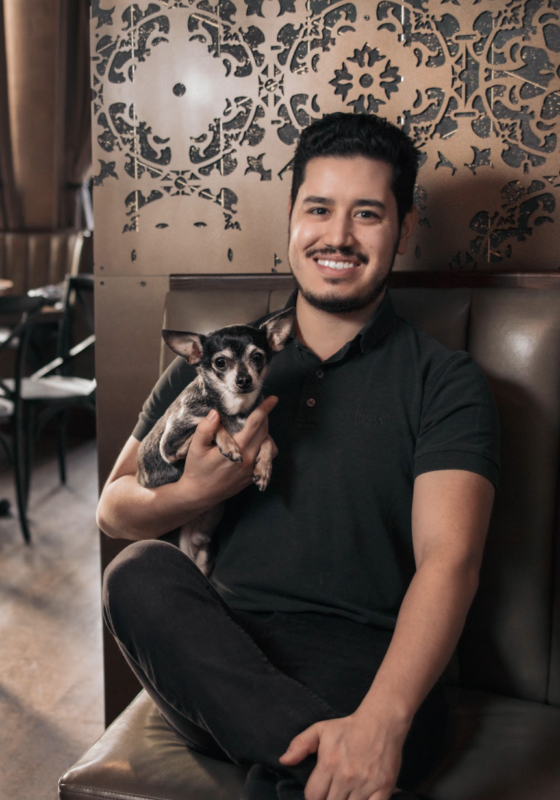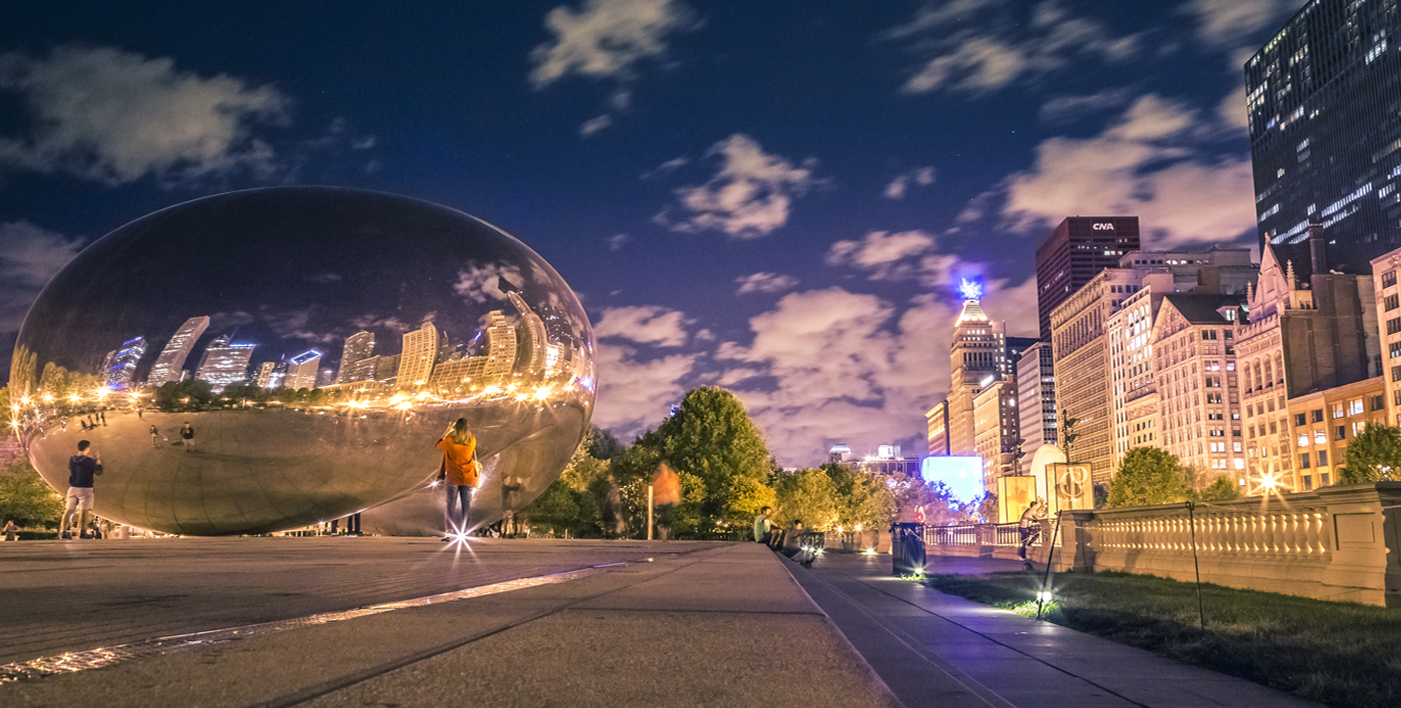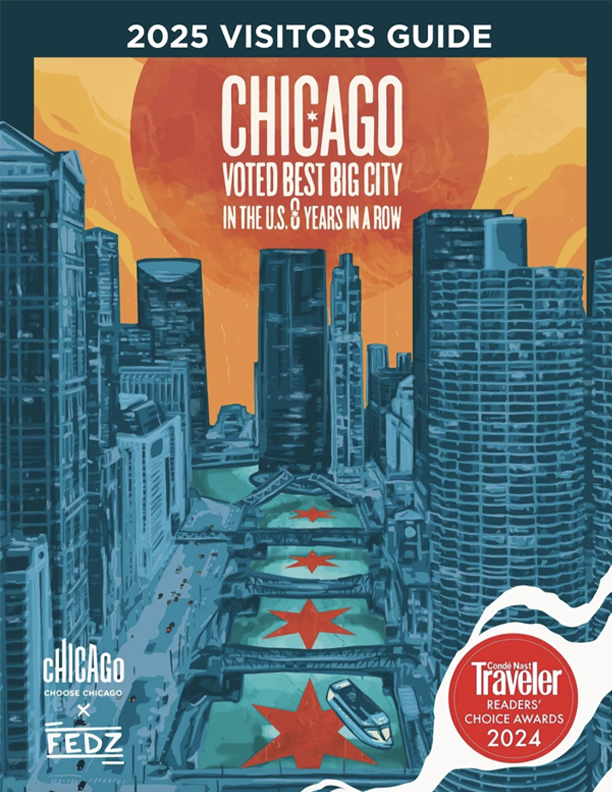Nadya Henríquez: ¡WEPA! Mercado del Pueblo
Neighborhood: Humboldt Park
What is Mercado del Pueblo?
At Mercado del Pueblo, we have 15 vendors and they’re a mixture of races and backgrounds — African-American, Mexican, the LGBTQ community. We have vendors selling organic honey, terrariums, macrame, jewelry, vegan skincare, artesanias mexicanas, knitwear, and so much more.
What is the goal of the market?
The Mercado allows vendors to test the waters to see if people are liking their products or help them come up with something new. Once the vendors finish their time with us, then the idea is that we can help them transition into a permanent storefront.
What has the reception been like from the neighborhood?
And it’s been great for the community. It has become a gathering space. The mercados are a part of every plaza in South America, it goes along with what Puerto Rican and South American residents are used to having in their country. So it’s a perfect thing to have over here. It’s a way to help vendors and support the economy of the area.
Learn more













